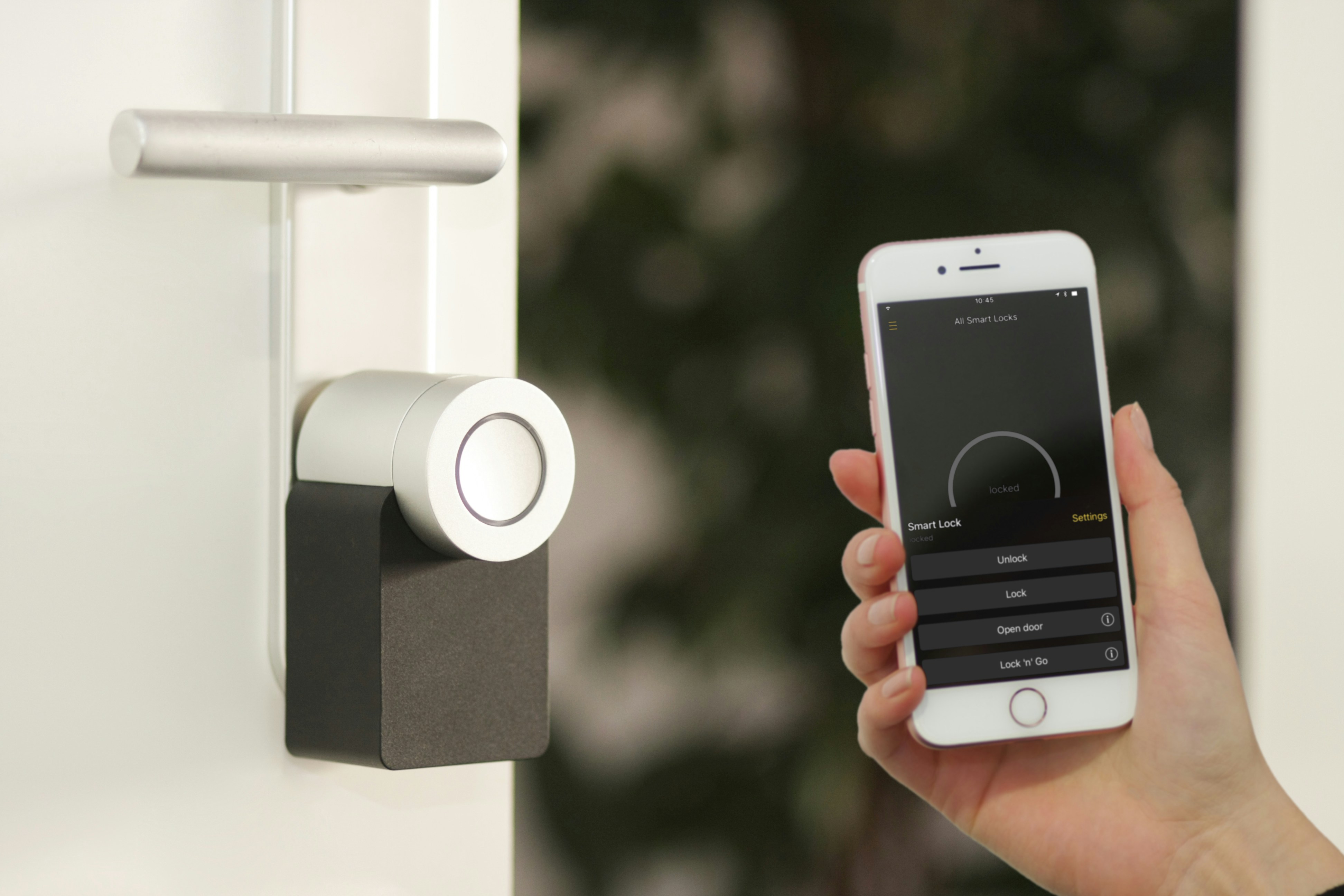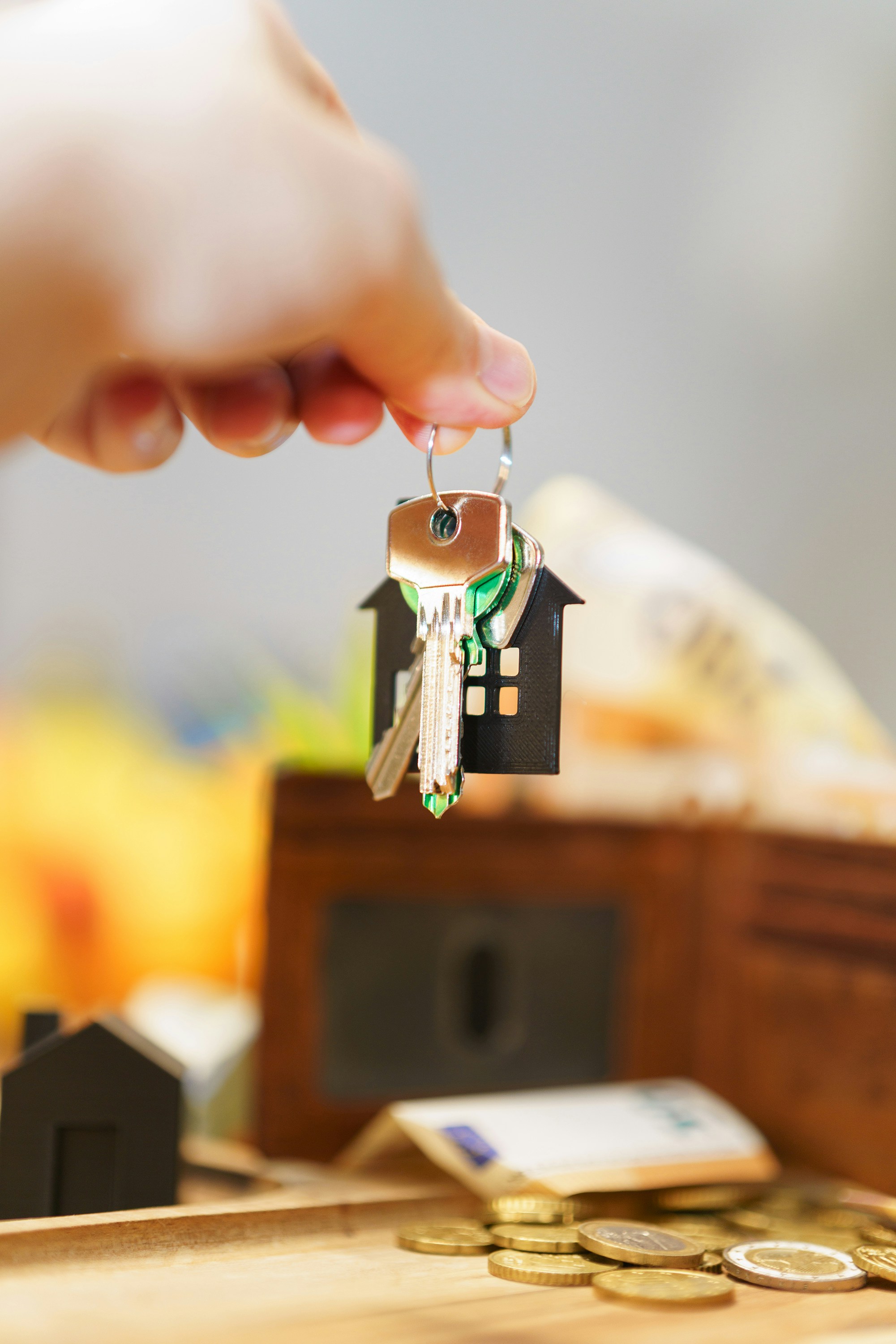Smart Tech: The Secret to Higher Occupancy Rates

In a world where tenants expect convenience, speed, and personalized service, smart technology has become the silent force behind successful property management. For property owners, operators, and developers, technology is no longer a “nice-to-have” feature. It is now a competitive advantage that directly impacts occupancy rates, resident satisfaction, and long-term profitability.
From predictive analytics and AI-driven leasing tools to connected devices that enhance safety and comfort, smart tech is redefining how properties attract and retain residents. The right technology stack can streamline operations, optimize marketing, and deliver experiences that turn prospects into loyal tenants.
This article explores how smart tech drives higher occupancy rates and why investing in digital transformation is essential for every forward-thinking operator.
The Link Between Smart Tech and Occupancy
Occupancy rates are the lifeblood of property performance. A one percent improvement in occupancy can translate to significant gains in net operating income (NOI). Smart technology influences occupancy in several key ways:
- Enhanced convenience for residents, from mobile access to maintenance automation.
- Improved decision-making through real-time data insights and predictive analytics.
- Optimized marketing with AI-driven targeting and lead nurturing.
- Stronger retention via personalized communication and proactive management.
The modern renter or buyer is tech-savvy and expects properties that mirror the seamless digital experiences they already enjoy in other aspects of life. Meeting these expectations with smart solutions is what sets thriving communities apart.
How Smart Tech Attracts More Residents
AI-Powered Leasing Tools
Artificial intelligence is reshaping how leasing teams interact with prospects. Virtual leasing assistants, for instance, can manage inquiries 24/7, schedule tours, and even qualify leads automatically. These systems not only speed up response times but ensure that no lead falls through the cracks.
AI leasing platforms analyze engagement patterns to identify which prospects are most likely to convert. This allows property managers to prioritize follow-ups, tailor their messaging, and move qualified leads through the funnel faster.
The result is a streamlined leasing process that maximizes conversions and minimizes downtime between tenants.
Virtual Tours and Self-Guided Showings
In today’s market, convenience is a primary factor in attracting potential residents. Virtual tours and self-guided showings give prospects the freedom to explore units on their own schedule. This flexibility not only increases tour volume but also appeals to younger renters and busy professionals who prefer digital-first interactions.
Smart locks, mobile access credentials, and digital scheduling tools make self-guided tours secure and seamless. When combined with virtual staging and 3D walkthroughs, properties can showcase their best features even before construction is complete.
Automated Lead Nurturing
Smart customer relationship management (CRM) systems equipped with automation can maintain consistent communication with leads across multiple channels. Automated workflows can send timely follow-ups, share available listings, and nurture leads who may not be ready to sign immediately.
By keeping prospects engaged with relevant information, properties can reduce lead drop-off rates and maintain a steady pipeline of qualified renters.
How Smart Tech Improves Retention and Resident Satisfaction
Connected Living and Smart Amenities
Resident retention begins with satisfaction, and satisfaction often begins with convenience. Smart home technology delivers that convenience through connected living.
Smart thermostats, lighting systems, and keyless entry all contribute to a more comfortable, modern lifestyle. Residents can control their environment through mobile apps, enhancing their sense of security and control.
These small but meaningful touches often lead to higher renewal rates. When residents feel that their community understands and accommodates their needs, they are far more likely to stay.
Predictive Maintenance and Reduced Downtime
Maintenance requests are one of the biggest friction points in resident satisfaction. Smart building systems equipped with IoT (Internet of Things) sensors can detect potential equipment failures before they occur.
Predictive maintenance technology alerts management to issues such as HVAC inefficiencies or water leaks in real time. This allows maintenance teams to act quickly, often before residents even notice a problem.
Reduced downtime and faster repairs translate directly into happier residents—and fewer move-outs.
Data-Driven Resident Engagement
Data analytics tools can track resident behavior, preferences, and feedback, giving management valuable insights into what matters most.
For example, if data shows that residents frequently use coworking spaces or prefer certain amenities, management can tailor offerings and marketing messages accordingly.
Personalized engagement increases the sense of community and makes residents feel valued, improving both satisfaction and retention.
Operational Efficiency: The Unsung Hero of Occupancy
While the resident experience is critical, the backend efficiencies created by smart technology also play a major role in maintaining high occupancy rates.
Streamlined Communication
Cloud-based communication platforms and resident portals eliminate friction between management and tenants. Automated notifications, billing reminders, and service updates ensure that residents are always informed.
For property managers, centralized dashboards enable faster responses and better coordination between departments, ultimately improving service delivery.
Centralized Data for Better Decisions
Smart property management systems unify financial, operational, and tenant data. This centralization allows managers to monitor performance metrics in real time, identify underperforming units, and adjust strategies quickly.
By integrating data from leasing, maintenance, and marketing, operators can make proactive decisions that prevent vacancies before they occur.
Energy Management and Sustainability
Energy-efficient systems and sustainability-focused technology not only reduce operational costs but also appeal to eco-conscious residents. Smart energy management solutions optimize consumption across lighting, HVAC, and appliances, leading to lower utility bills and smaller carbon footprints.
Sustainability has become a key differentiator in the real estate market. Properties that embrace green technology often see stronger tenant loyalty and longer leases.
Marketing Smarter with Smart Tech
Hyper-Targeted Digital Campaigns
Smart marketing platforms powered by AI and automation can analyze vast amounts of data to identify ideal renter profiles. By targeting the right demographics with the right message at the right time, properties can increase lead quality and reduce wasted ad spend.
Automated ad optimization tools adjust campaigns in real time based on performance metrics, ensuring that marketing dollars work harder and deliver measurable results.
Reputation Management
Online reviews play a crucial role in leasing decisions. Smart reputation management tools monitor feedback across multiple platforms, alerting management to both positive and negative comments.
Timely engagement with reviews demonstrates responsiveness and transparency, helping to build trust with prospective residents and reinforcing a property’s brand image.
Integrating CRM with Marketing Automation
By integrating customer relationship management systems with marketing automation, properties can create a seamless experience for leads and residents alike. Every touchpoint—from the first inquiry to renewal—can be tracked and optimized.
The result is a holistic digital ecosystem that supports both acquisition and retention.
The Future of Smart Tech in Property Management
Artificial Intelligence and Predictive Insights
AI will continue to evolve, giving property managers the ability to predict vacancy trends, pricing shifts, and resident behaviors with increasing accuracy.
Machine learning algorithms can forecast when tenants are most likely to renew or move, enabling proactive communication and incentive strategies. These insights will empower operators to maintain occupancy rates even in competitive markets.
Integration of Digital Twins
Digital twin technology, which creates virtual replicas of physical properties, will allow managers to test scenarios before implementing changes in the real world. From space optimization to energy efficiency modeling, digital twins will transform how decisions are made.
Smart Communities and Connected Ecosystems
The next evolution in smart tech is the creation of fully connected communities. Rather than individual smart apartments, entire properties will operate as unified ecosystems where residents, managers, and systems are seamlessly integrated.
Imagine communities where access control, package delivery, parking management, and energy usage are all connected under one intelligent platform. This level of integration will redefine convenience and efficiency, making such properties magnets for residents.
How to Get Started with Smart Tech
For property managers ready to embrace smart technology, the first step is assessing current operations and identifying areas where automation or data insights could deliver the greatest ROI.
- Audit existing systems. Identify which tools are outdated or disconnected.
- Set clear objectives. Define what success looks like: higher occupancy, better retention, lower costs.
- Choose scalable solutions. Invest in technologies that integrate well with future upgrades.
- Train your team. Technology is only as powerful as the people using it. Ensure staff are trained and confident with new systems.
- Measure and adjust. Track performance metrics such as lead-to-lease conversion rates, maintenance response times, and renewal percentages. Use data to fine-tune your strategy.
Smart tech adoption does not have to be all at once. Many operators begin with automation tools for leasing or maintenance before scaling to more advanced solutions. The key is building a connected ecosystem that grows with your property’s needs.
Conclusion
Smart technology is no longer an accessory in property management: it is the foundation for sustainable growth and competitive differentiation. From AI-driven leasing to IoT-enabled maintenance and data-informed marketing, technology touches every stage of the occupancy lifecycle.
Operators who invest in smart solutions gain more than operational efficiency; they gain a powerful advantage in attracting and retaining residents. The result is not just higher occupancy rates but stronger financial performance and long-term resilience.
As the real estate industry continues its digital transformation, the message is clear: smart tech is not the future of occupancy management—it is the present. Properties that embrace it today will define the standard for tomorrow.


